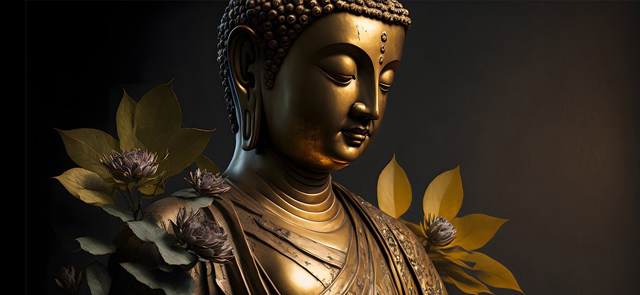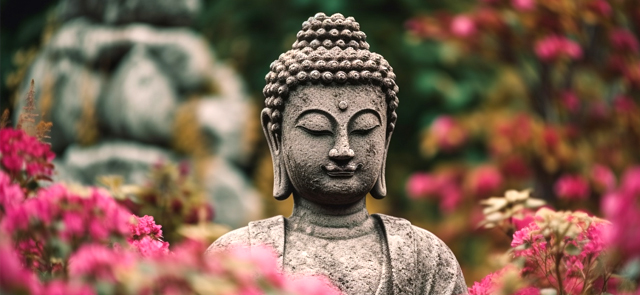In the intricate dance of life, harmony is the sweet melody that resonates within us, bringing peace, joy, and a sense of unity. Yet, amidst the symphony of existence, negativity stands as a discordant note, disrupting the flow and erecting barriers that impede the path to harmony. Indeed, the coexistence of negativity and harmony is an impossibility, for where one thrives, the other withers. Negativity, in its various forms, breeds discontent, fear, and division. It seeps into our thoughts, words, and actions, casting shadows upon the bright tapestry of human interaction. Whether born from personal grievances, societal pressures, or external circumstances, negativity erects formidable barriers that hinder our ability to connect, empathize, and cooperate.
Shi Yan Zhuo [Chin.: shìyánzhuó 釋延卓 | 1965 - ?]
Moreover, negativity engenders a cycle of self-perpetuating barriers, wherein the limitations imposed by pessimism become self-fulfilling prophecies. Those mired in negativity often find themselves trapped within a cycle of defeatism, unable to break free from the shackles of their own perceptions. In such a state, growth becomes stunted, creativity stifled, and progress hindered.
In contrast, harmony flourishes in an environment nurtured by positivity, empathy, and cooperation. It is the product of genuine understanding, acceptance, and mutual respect. When individuals and communities embrace a mindset of positivity, they pave the way for harmonious interactions, fostering bonds that transcend differences and unite us in our shared humanity.
Harmony is not merely the absence of conflict but the presence of genuine connection and collaboration. It thrives in environments where diversity is celebrated, and differences are viewed as opportunities for learning and growth. In harmonious relationships, individuals find solace in shared values, experiences, and aspirations, forging bonds that withstand the test of time.
To cultivate harmony and dismantle the barriers erected by negativity, we must first acknowledge the power of our thoughts and perceptions. By adopting a mindset rooted in positivity and optimism, we can begin to break free from the constraints of negativity and open ourselves to the possibilities of connection and growth.
Furthermore, fostering harmony requires a commitment to empathy, compassion, and active listening. By seeking to understand others’ perspectives and experiences, we can bridge the divides that separate us and forge meaningful connections based on mutual respect and appreciation.
Additionally, cultivating a culture of harmony necessitates collective action and collaboration. By coming together as individuals, communities, and societies, we can address the root causes of negativity and work towards creating inclusive environments where all voices are heard and valued.
In conclusion, the coexistence of negativity and harmony is an inherent paradox, for where one exists, the other cannot thrive. To break down the barriers erected by negativity and cultivate a culture of harmony, we must embrace positivity, empathy, and collaboration. In doing so, we can pave the way for a brighter, more harmonious future for ourselves and generations to come







